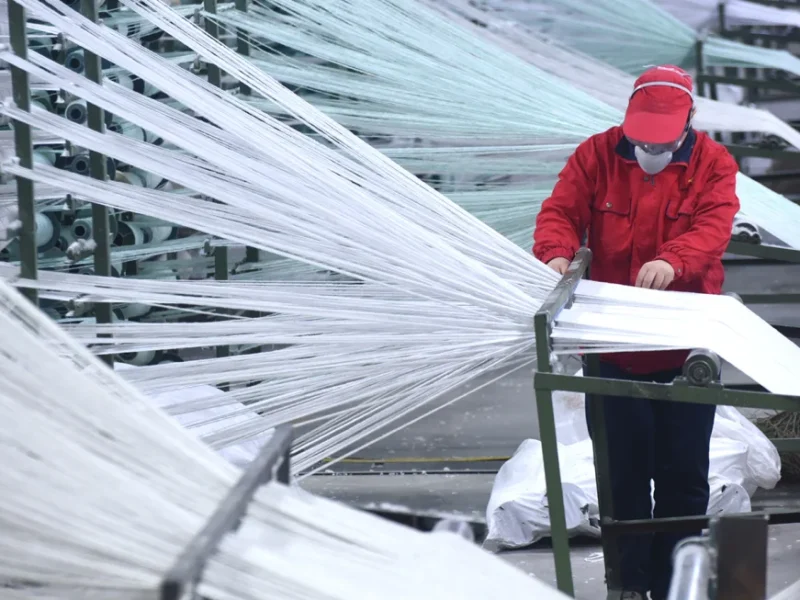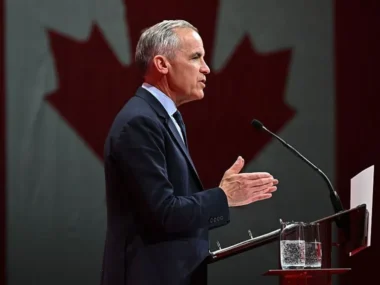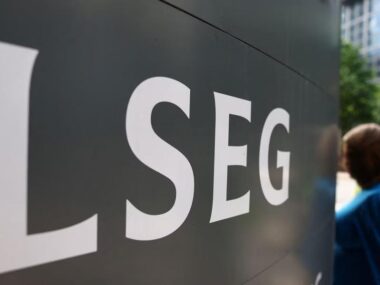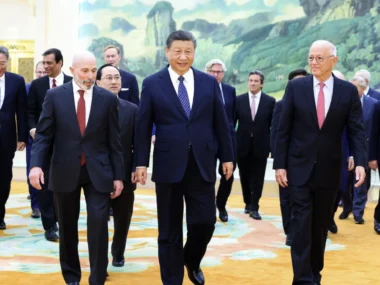China’s manufacturing sector experienced its most rapid expansion in 13 months in March, as indicated by a private survey released on Monday. This growth was propelled by increased new orders from both domestic and international customers, leading to a surge in business confidence to an 11-month high.
The Caixin/S&P Global manufacturing Purchasing Managers’ Index (PMI) climbed to 51.1 in March from 50.9 in the previous month, surpassing analysts’ expectations of 51.0. This marks the fifth consecutive month of expansion, with the 50-point threshold separating growth from contraction.
These encouraging results complement recent positive export and retail sales data, suggesting a promising start to the year for the world’s second-largest economy.
Official manufacturing data released on Sunday also turned positive, providing reassurance to policymakers despite ongoing challenges in the property sector. The official PMI rose to 50.8 in March from 49.1 in February, marking its first expansion in six months.
Citi recently revised its 2024 growth forecast for China to 5.0% from 4.6%, citing the accumulation of favorable data and policy implementations.
Premier Li Qiang announced an ambitious economic growth target of around 5% for 2024 at China’s annual parliamentary meeting in March.
However, analysts caution that achieving this target will likely require further stimulus measures, as the favorable statistical base of 2022 that boosted growth in 2023 will no longer be a factor.
The PMI survey revealed accelerated growth in both manufacturing output and new orders last month. External demand also strengthened, with new export orders reaching their highest level since February 2023.
Business confidence regarding the year ahead reached its peak since April 2023, driven by positive developments such as reduced input costs.
Despite these optimistic signs, companies remained cautious about hiring new employees, with the relevant sub-index remaining negative since August last year.
Economist Wang Zhe noted that lower raw material prices allowed manufacturers to decrease production costs, enabling them to lower prices amid intense market competition. However, uncertainties and challenges persist, underscoring the need for continued efforts to stimulate both domestic and external demand.











